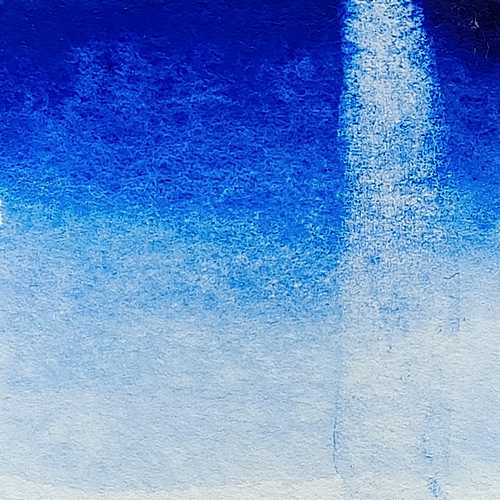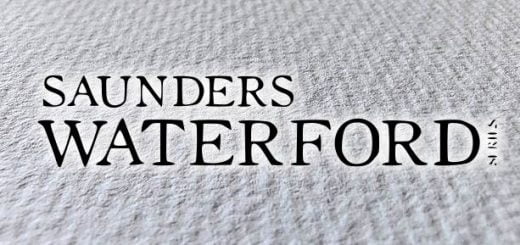Stonehenge Aqua

In 1972, the all-purpose Stonehenge paper made in the USA was launched by Legion Paper. It was, and is, very popular for prints, drawing, calligraphy and more. The paper is available in many different colors and sizes.
A few years later came Stonehenge Aqua, a new watercolor paper that launched as a watercolor paper at an affordable price. A quote from the manufacturer: “Stonehenge Aqua is everything an expensive paper is without the expense.” However, this applies in the US, in other countries the paper seems to have the same or slightly higher price than other well-known papers. I bought mine from Jackson’s Art in England, and the price is about the same as for example Saunders Waterford.
In Sweden there are a few dealers and it is only available in blocks. The price in Sweden is usually slightly higher than for Arches. At WS and Company, a block with Stonehenge Aqua costs SEK 259/m², while Arches can be bought in the same size for SEK 254/m².
The paper is only available as cold-pressed and hot-pressed, so no rough surface. The paper is bright white, but it is also available in black! Blocks and so-called pads are available in several different sizes, most in thickness 140lb (300 gr) but also 300lb (600 gr) is available. Sheets are also available in 140lb and 300lb (300 and 600 gr/m²) and also 275lb (550 gr), the sheets have two deckled edges and two cut sides. Finally, the paper is also available in rolls of 44.5″ x 10yd (113 cm x 9 meters).
The paper is sized both in the pulp and on the surface with a synthetic glue. Stonehenge Aqua can be used by vegans, it does not contain gelatin. It is made of 100% cotton.
Stonehenge Aqua is a very soft paper, the first impression when you pick up a sheet is that it feels soft and thin, I bought 140lb (300 gr.) paper but it feels thinner, the surface is soft and pleasant, far from Arches or Canson Heritage which in comparison feels like sandpaper.
The softness comes at a price though. True to form, I masked around the first watercolor on this paper with masking tape. I like the white border around a watercolor, it’s a nicer presentation than painting all the way to the edge. I also masked some smaller details with masking fluid. These two actions turned out to be pure disaster for Stonehenge Aqua.
Removing the masking fluid completely tore the paper, a couple of masked tree trunks were too much for Stonehenge Aqua.


I managed to “save” the painting somewhat after this blunder with the masking fluid, but the masking tape was the deathblow for the painting. When I removed it after the painting was finished, it tore off large sections of the paper. Some of the edges of the painting were also included.
Upset about this, I checked online and found that I was not the first to have this problem. On the manufacturer’s forum, I read that they recommended heating the tape with a hair dryer so that the tape comes off the paper more easily. It might work, I haven’t tried it.
Therefore, I do not recommend masking the paper in any way. Nothing sticky that needs to be removed will work on this paper. But painting on it is a nice experience. Wet on wet works very well. The paper gives very nice transitions while wet, but you have to be quick, it dries quickly.
It is so gently glued that the liquid is absorbed by the paper very quickly, and dries just as quick. But, while it’s wet, it has amazingly nice and expressive wet on wet transitions. But this only applies to more controlled wet on wet painting, with a smaller amount of liquid on the paper. If you were to paint with a lot of paint and water, the paper becomes more unruly.

I first painted with clean water and immediately put a fluid brush stroke on the left side, then waited three minutes and painted with the same fluidity on the right side. On an Arches paper, the results are almost the same. Notice the threads that form in the color on the right.

This sample is painted the same way as the one on Arches. Notice how nicely the paint on the left has moved in the water. Also notice how much drier the paper is already after three minutes, the color on the right side has only moved slightly.
I find it difficult to get strength in the colors on Stonehenge Aqua. All layers of paint feel a little soft, even when I try to paint really dark, the dried result is a little soft and lacks contrast.

It is very easy to wash off dried paint, something that pleases some artists. But that makes traditional layer upon layer painting troublesome. It is easy to get dirty and cloudy colors when painting over previously dry paint, as the underlying paint easily dissolves and mixes with the new paint.
Summary
Stonehenge Aqua is a paper for the careful watercolorist. No wonder illustrators seem to like it. But for the more daring artist, it works worse. It has a hard time handling a lot of water, but it is very good at careful single-layer painting.
It is very easy to wash off dry paint. The paper absorbs water quickly and also dries quickly. It has an extremely sensitive surface, one should avoid any kind of masking.
I have read several reviews where botanical illustrators praise the paper. It seems to be very well suited for that type of painting, but for bold and adventurous artists there are probably better papers.












